Joint profiles for floors
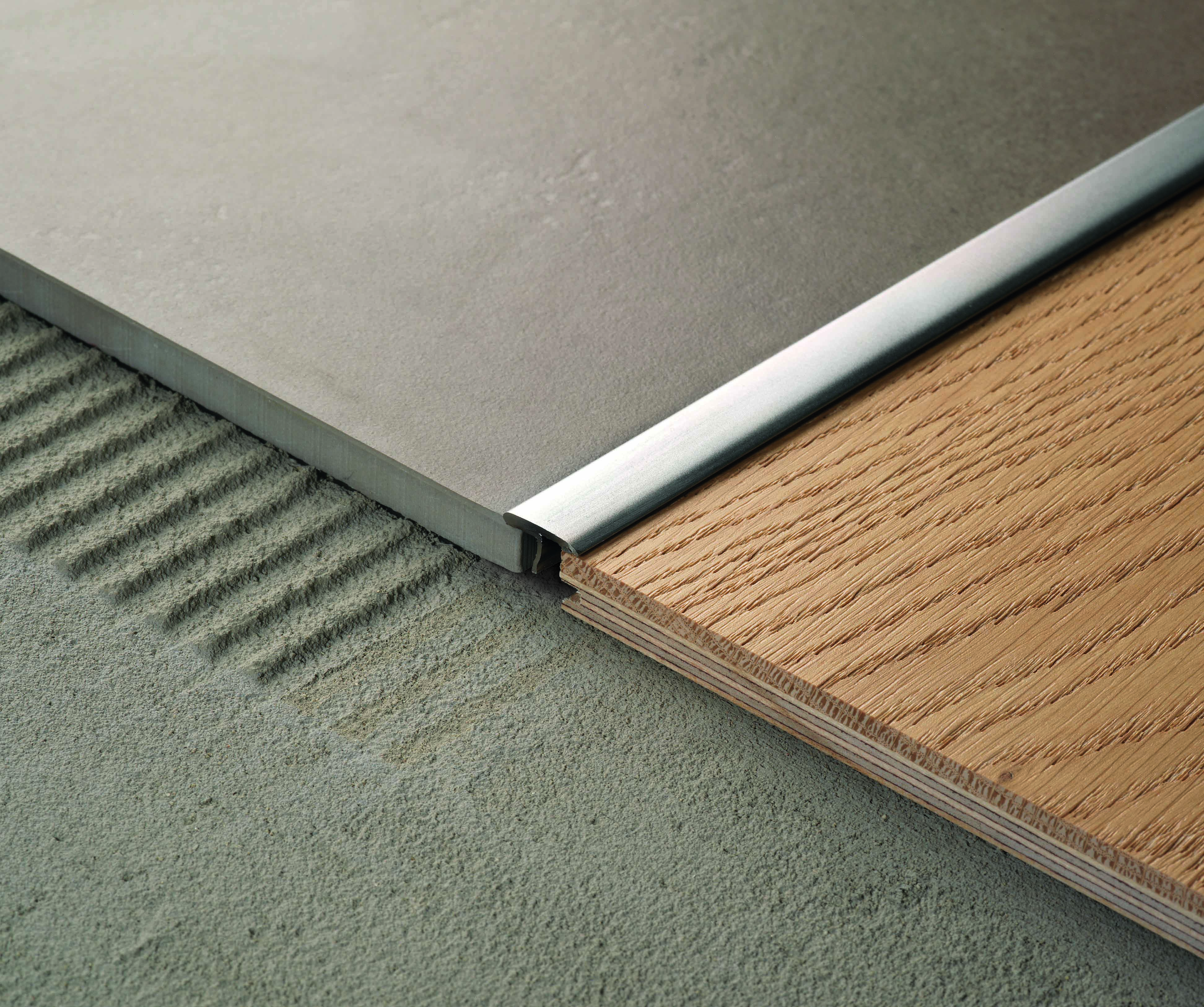
No products found, try again by changing the filters
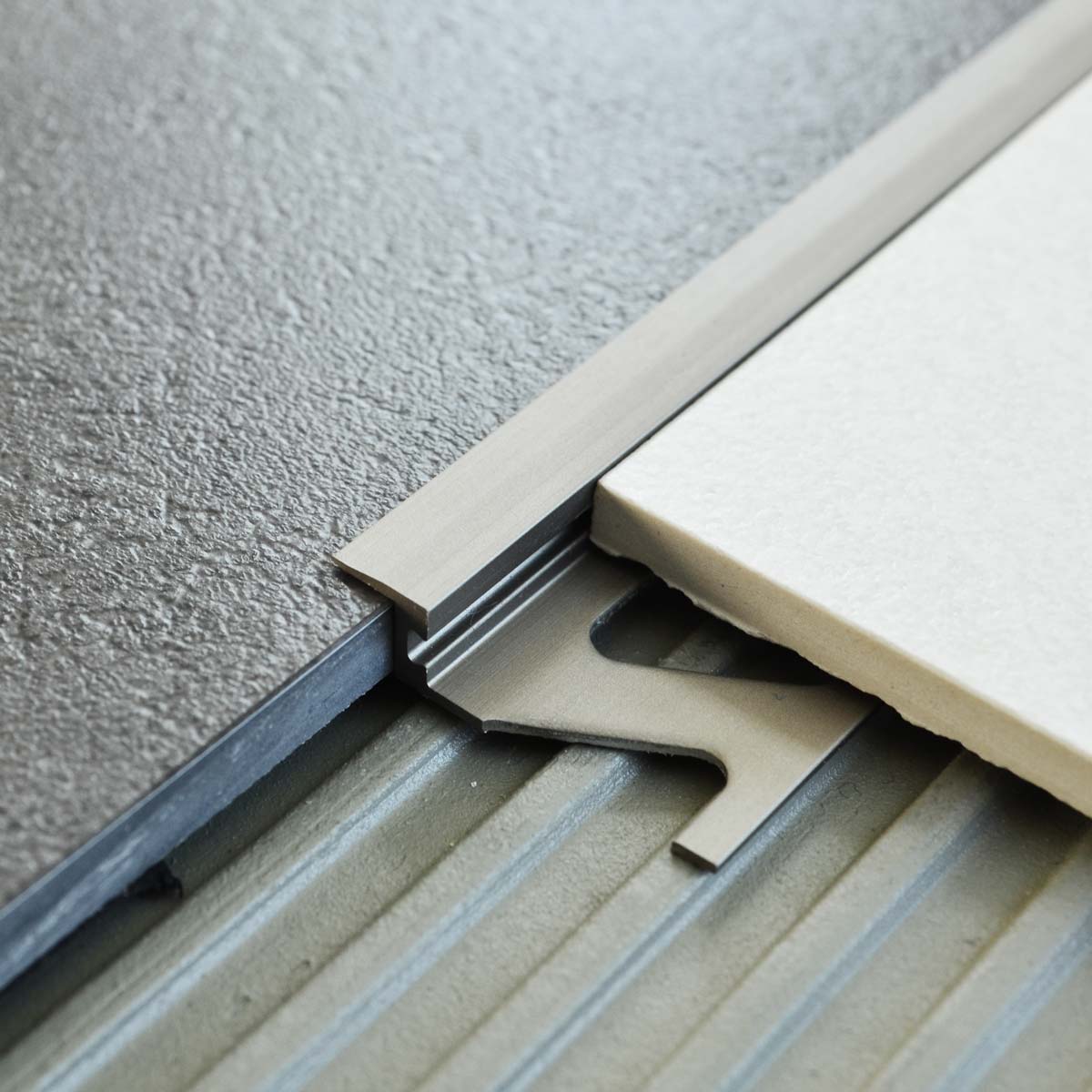
covertec EP
COVERTEC EP: Transition trims for floors with the same height
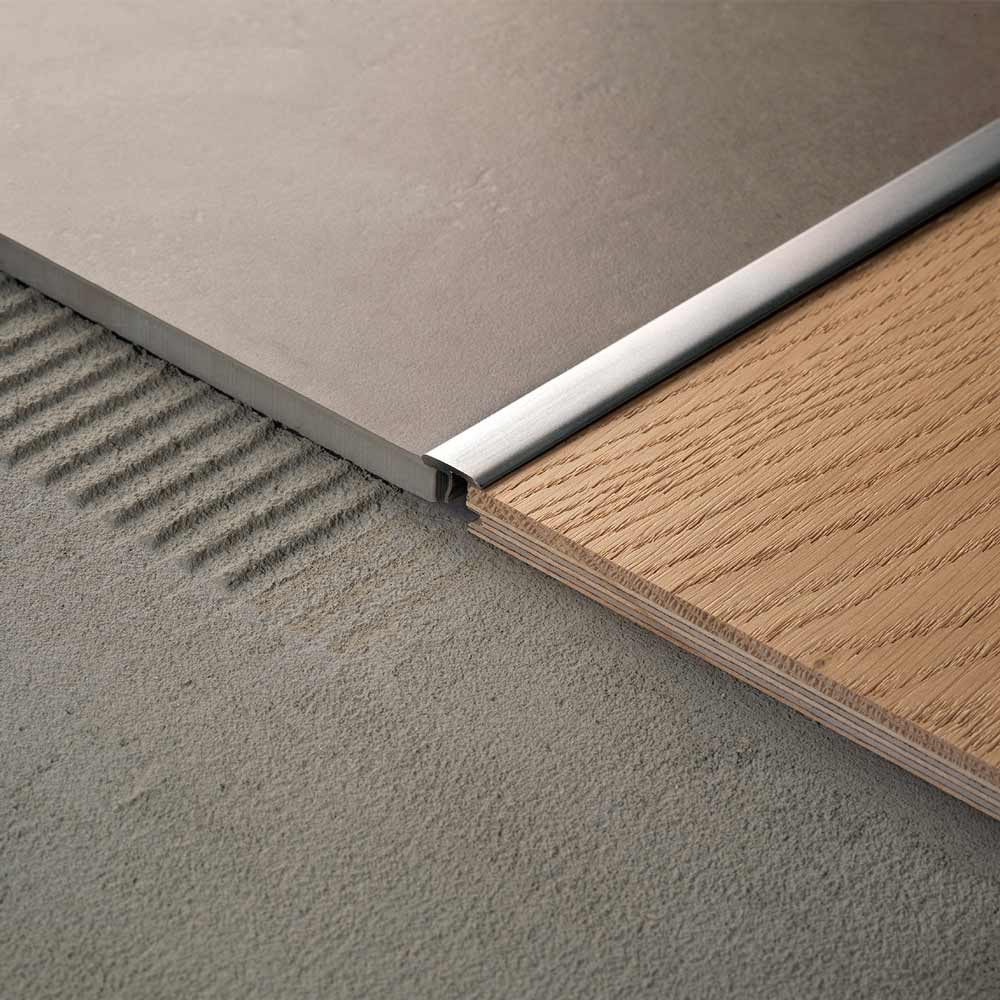
covertec SP
COVERTEC SP: T shape trims for floors with the same height
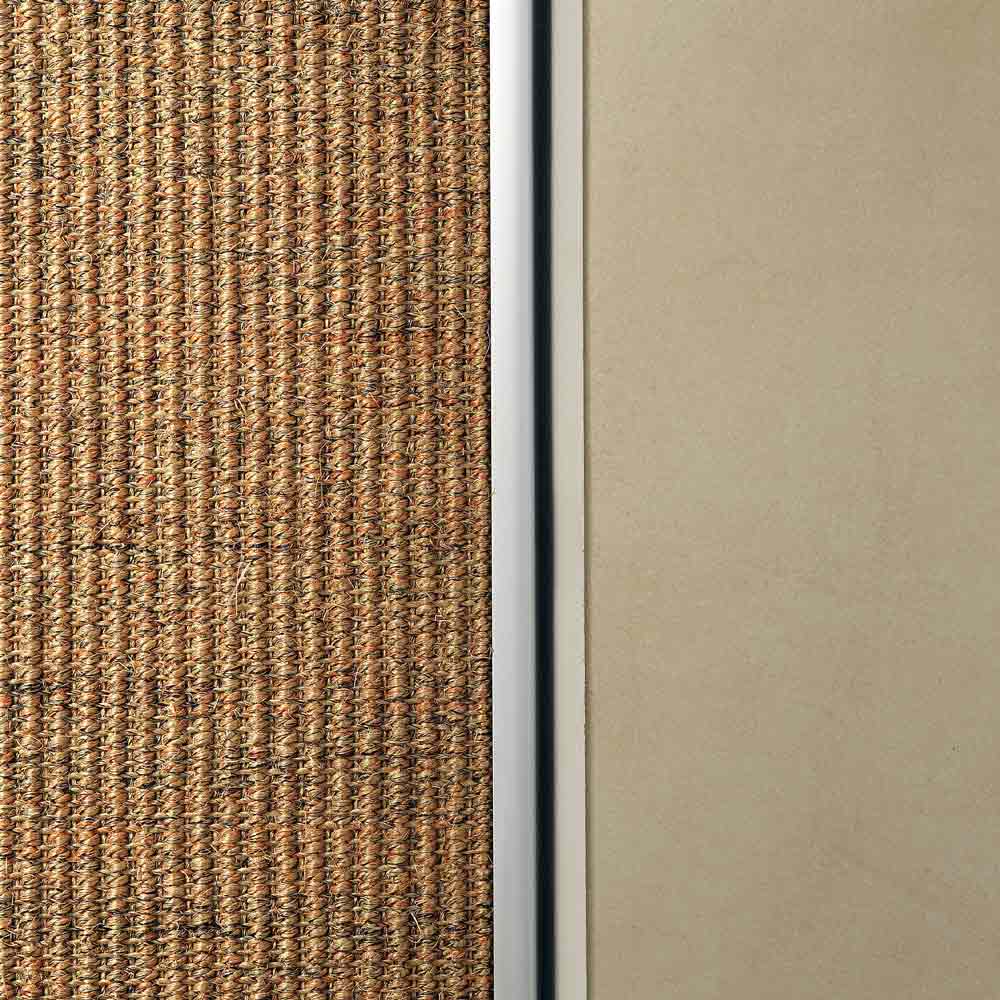
striptec ST
STRIPTEC ST: Transition trims for floors with different heights (max 5mm)
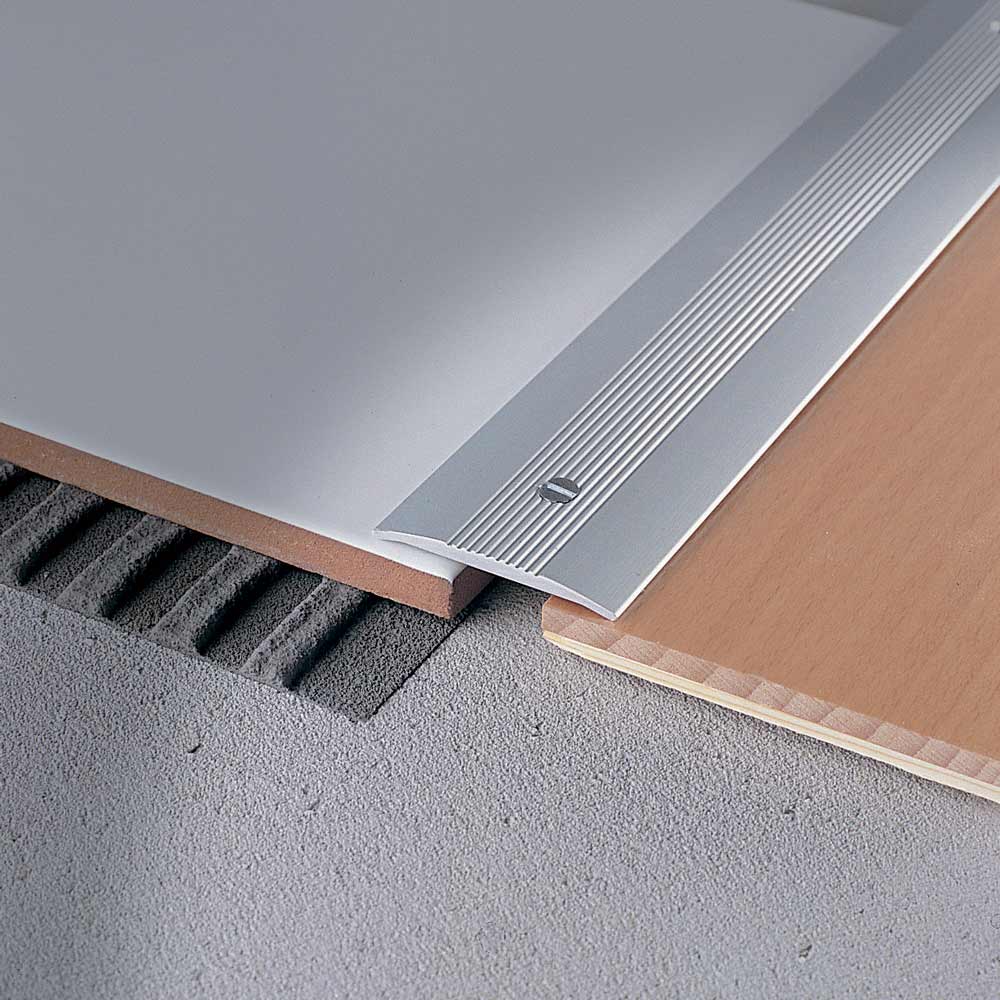
striptec ST38
STRIPTEC ST38: Transition trims for floors with the same heights
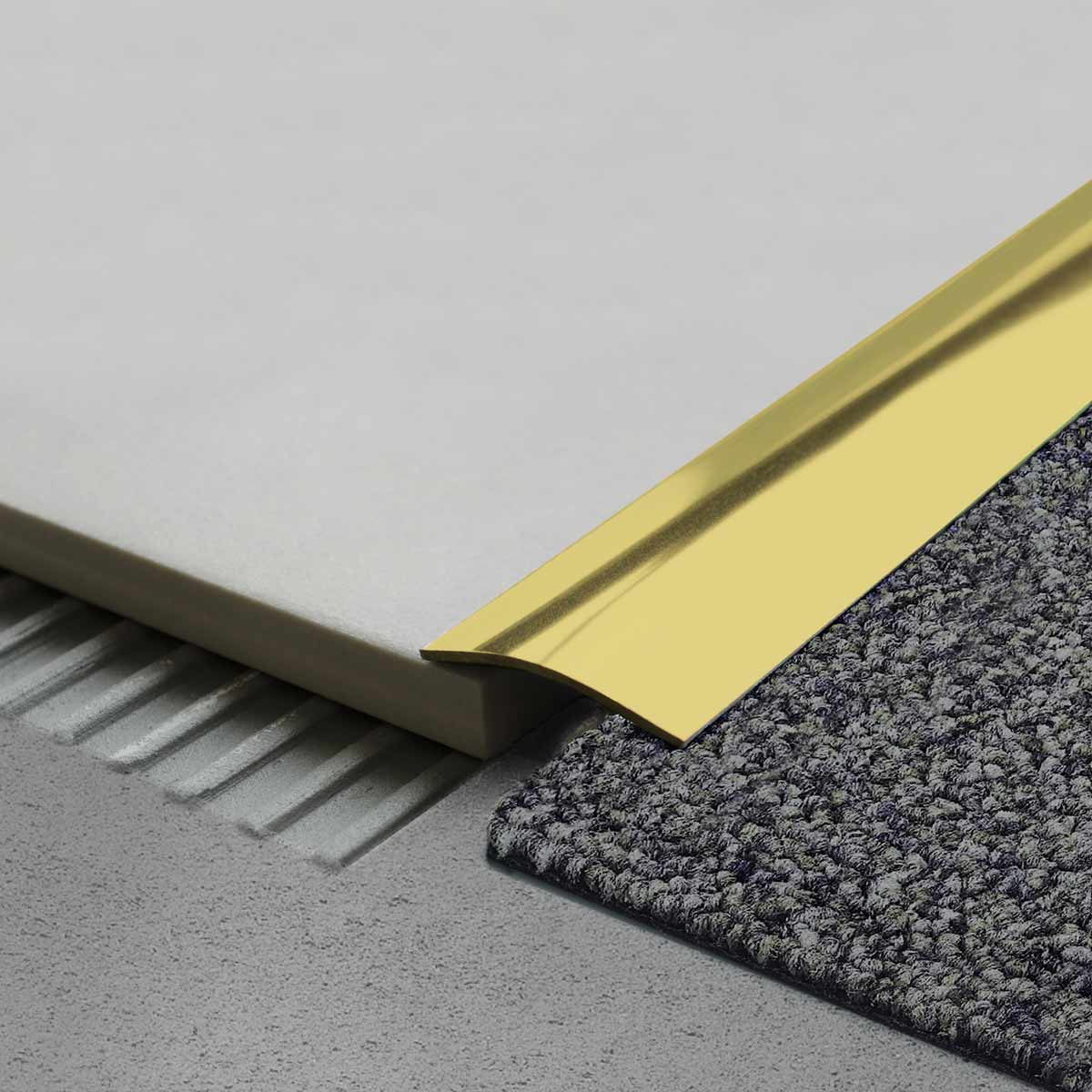
striptec STP
STRIPTEC STP: Transition trims for floors with the same heights
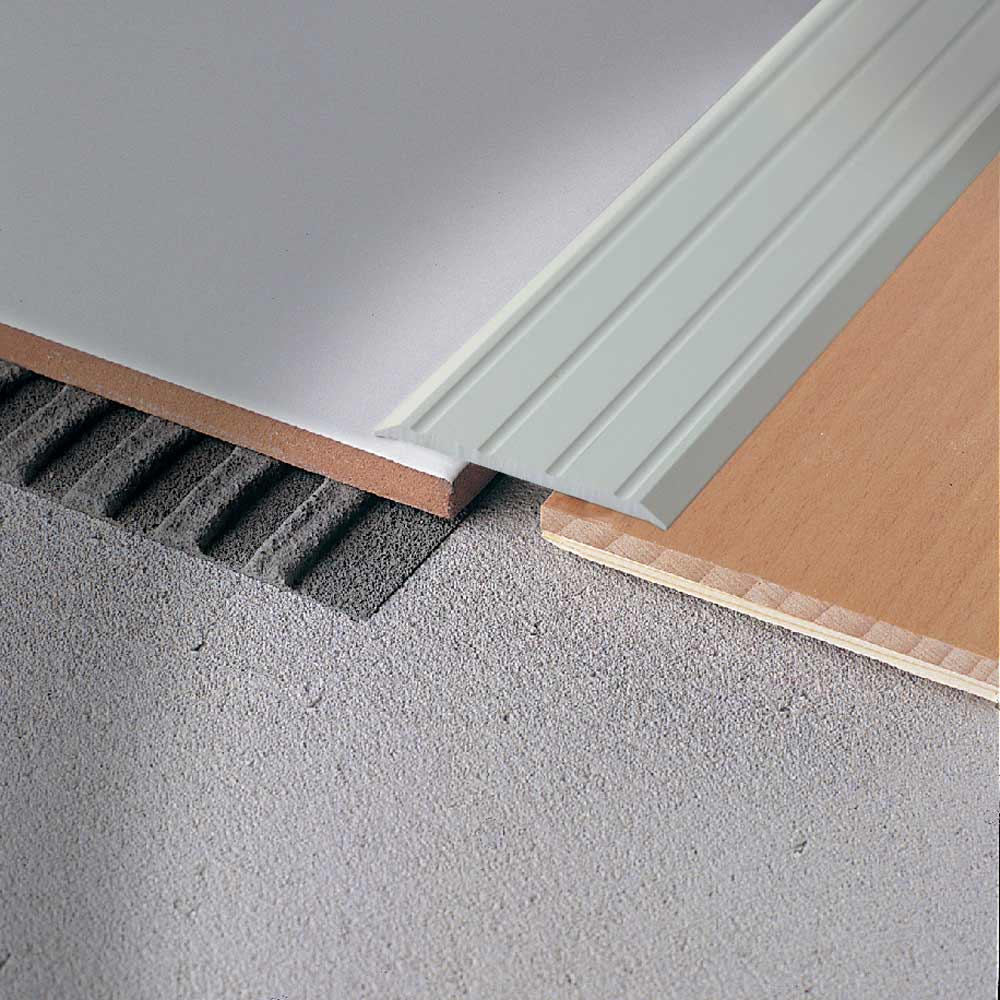
striptec STB
STRIPTEC STB: Transition trims for floors with the same heights
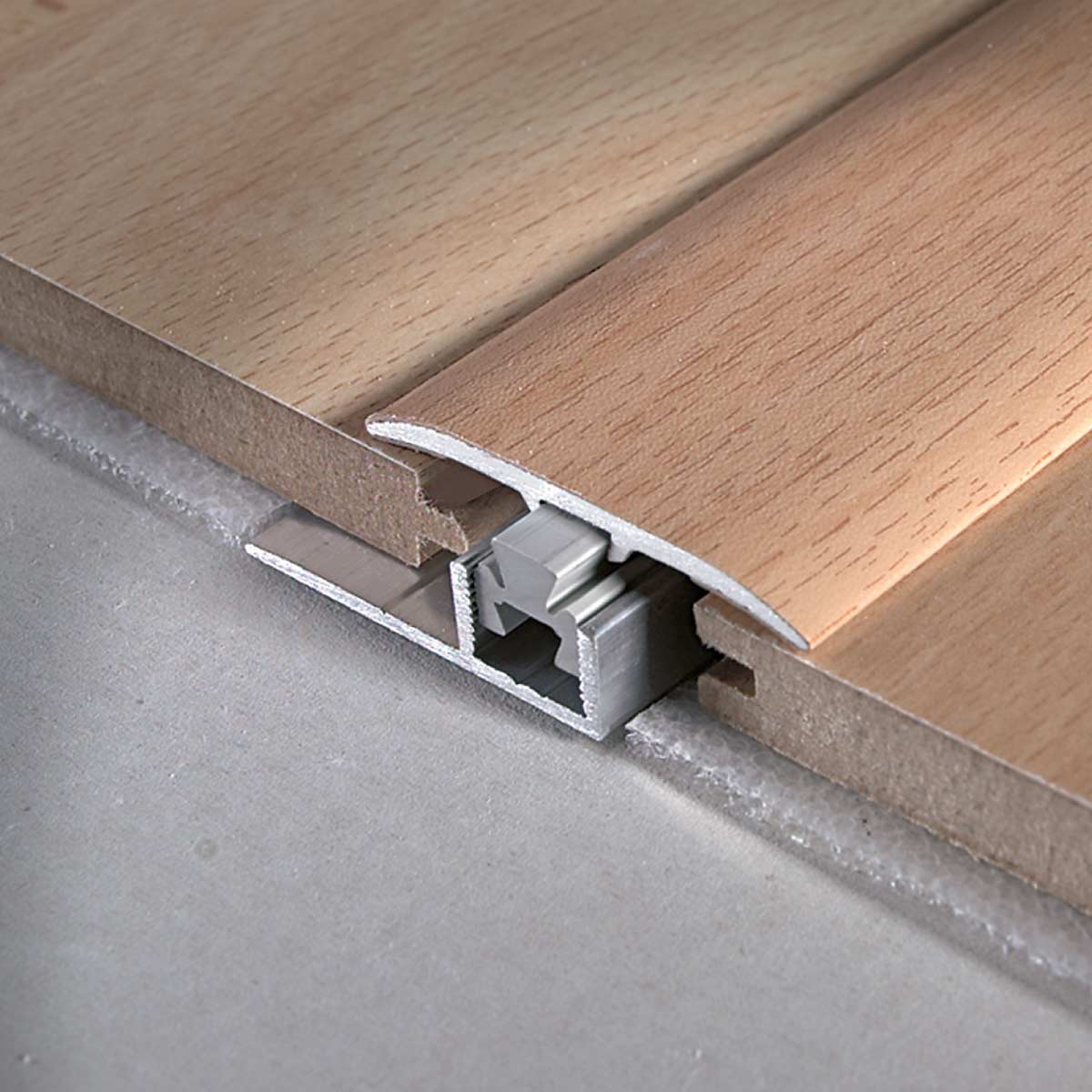
multiclip CLG 370
MULTICLIP CLG Transition trims for all kind of floors
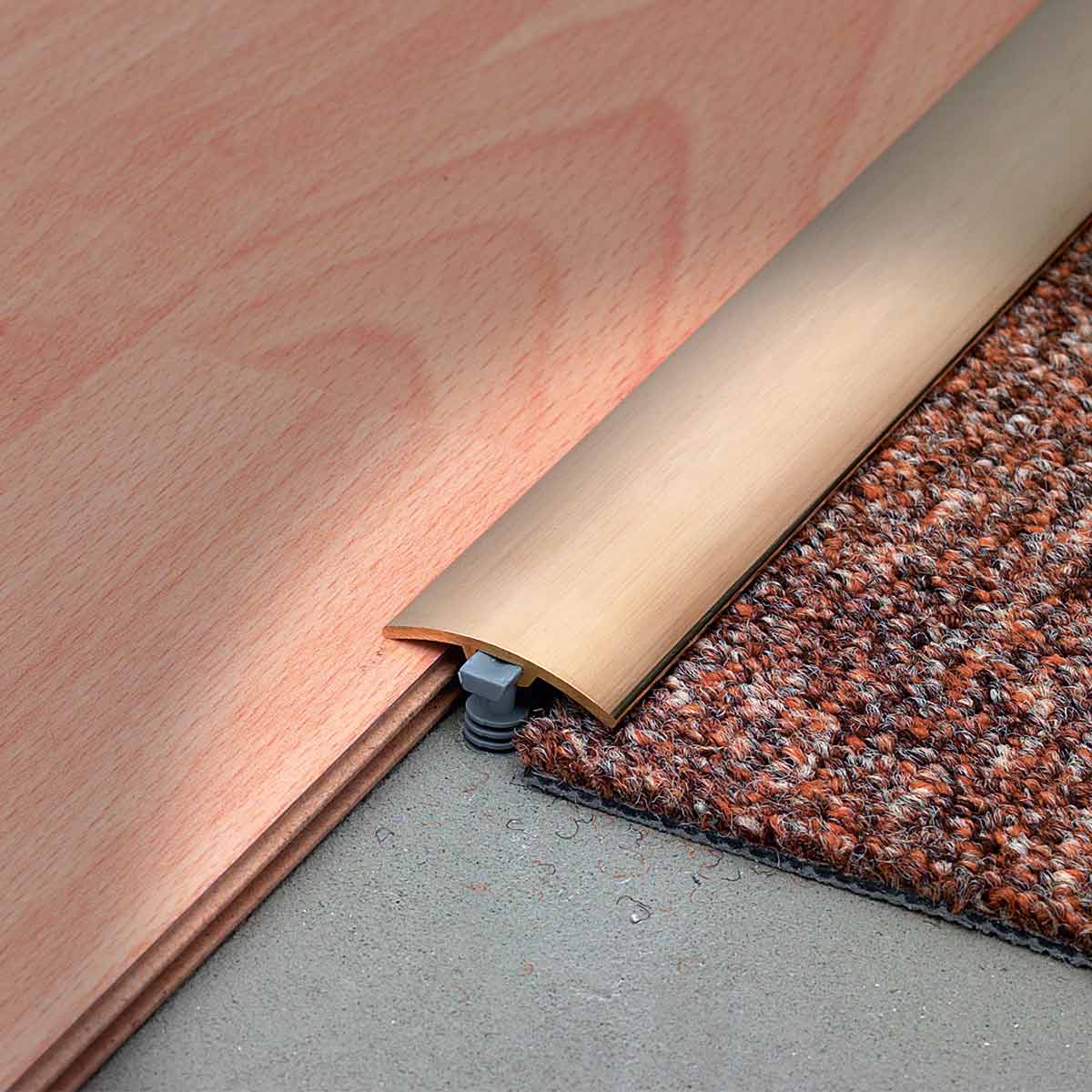
multifix CLG 300
MULTIFIIX CLG Transitions trims for floors with the same height
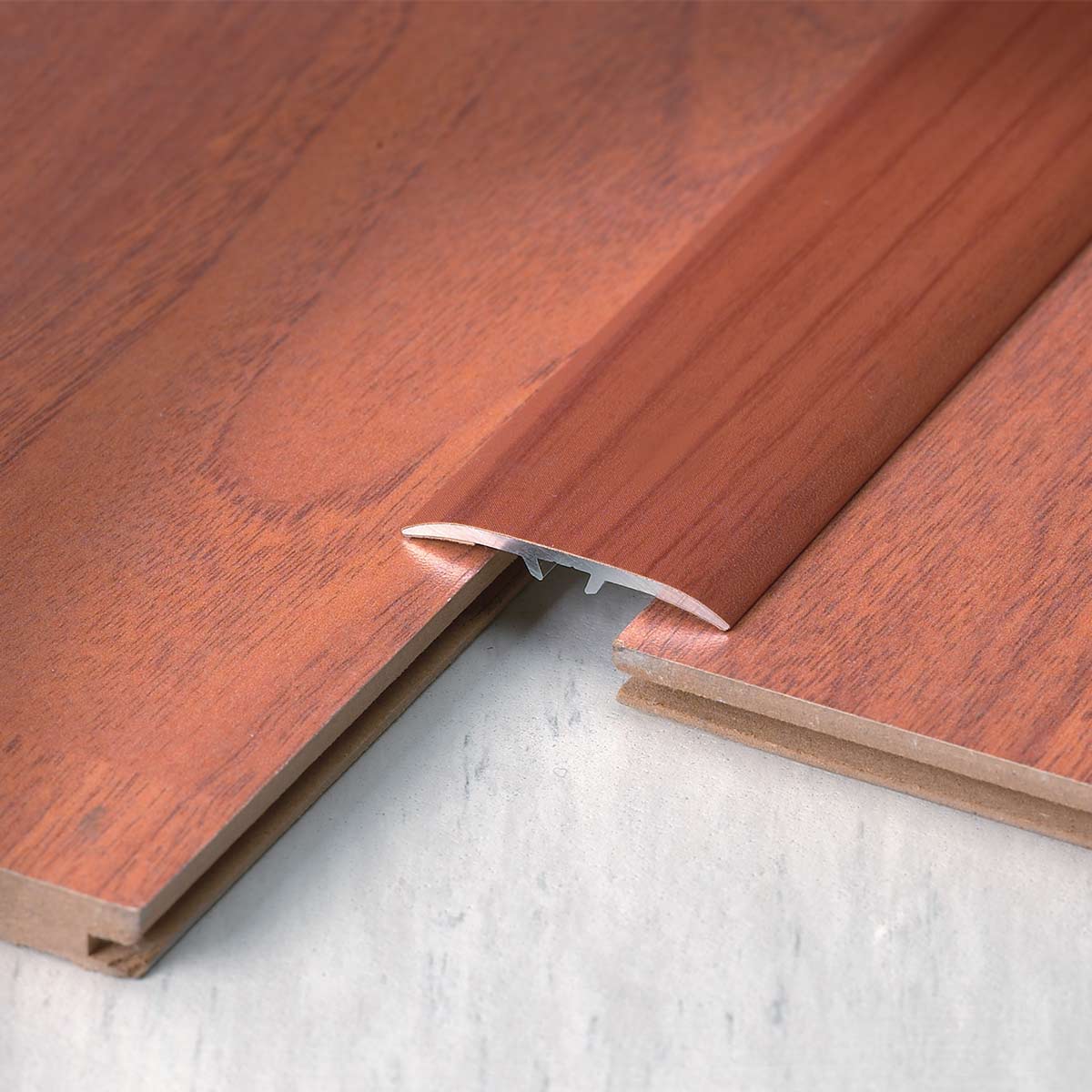
multicover CLG 370
MULTICOVER CLG - Transition trims for floors with the same height
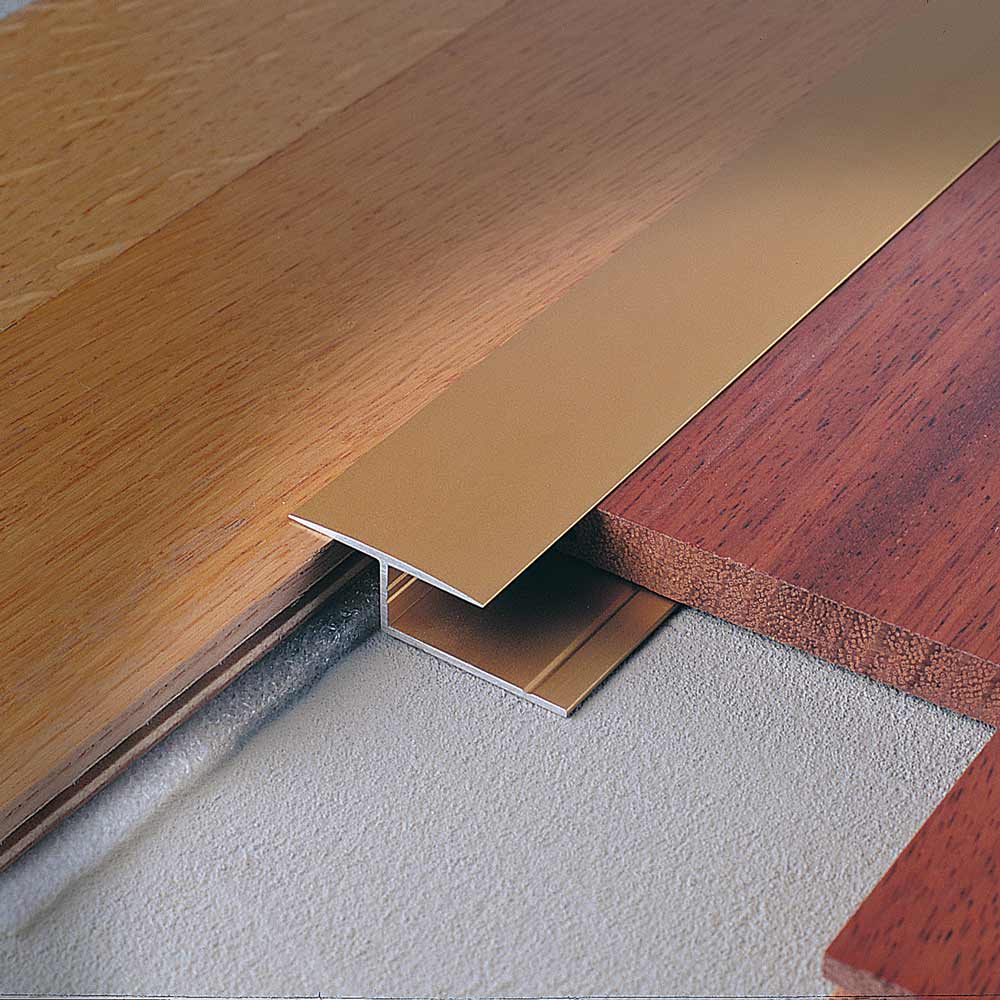
woodtec LG
WOODTEC LG edging trims for wooden floors
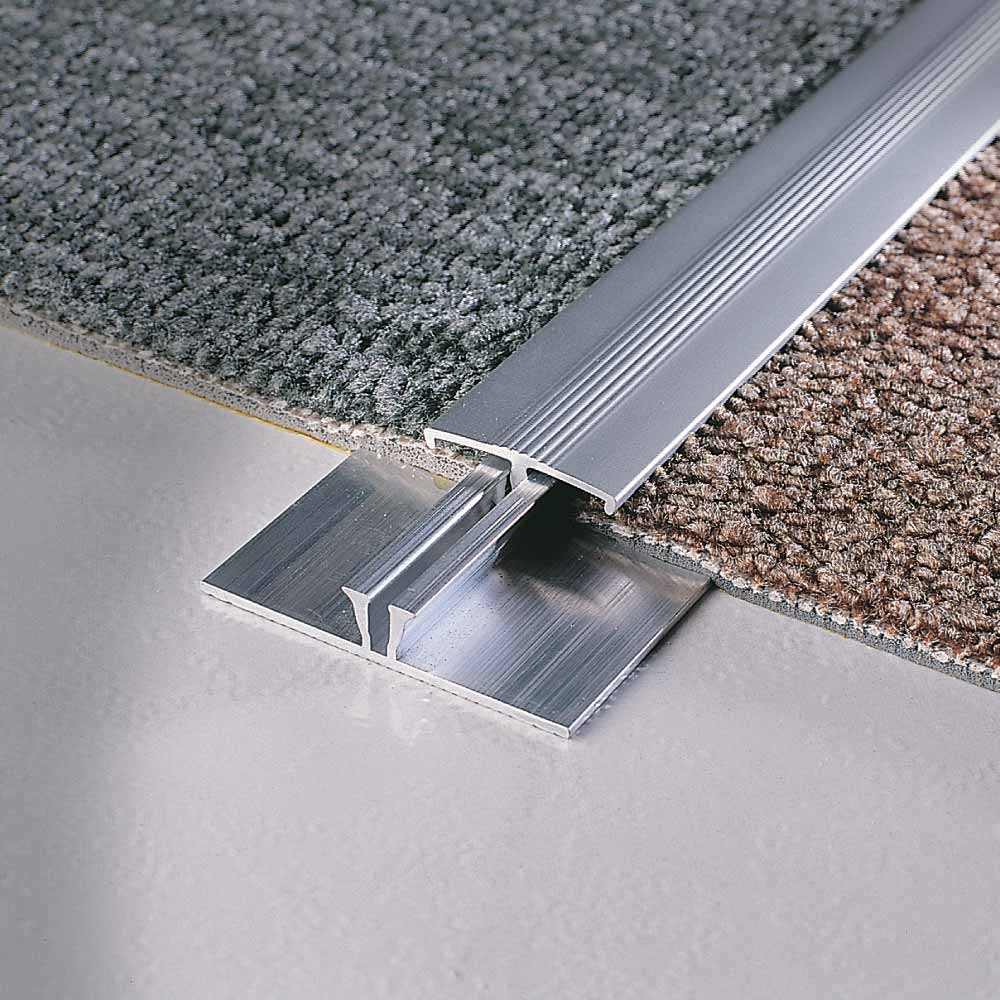
carpetec MG
CARPETEC MG transition trims for carpet floors
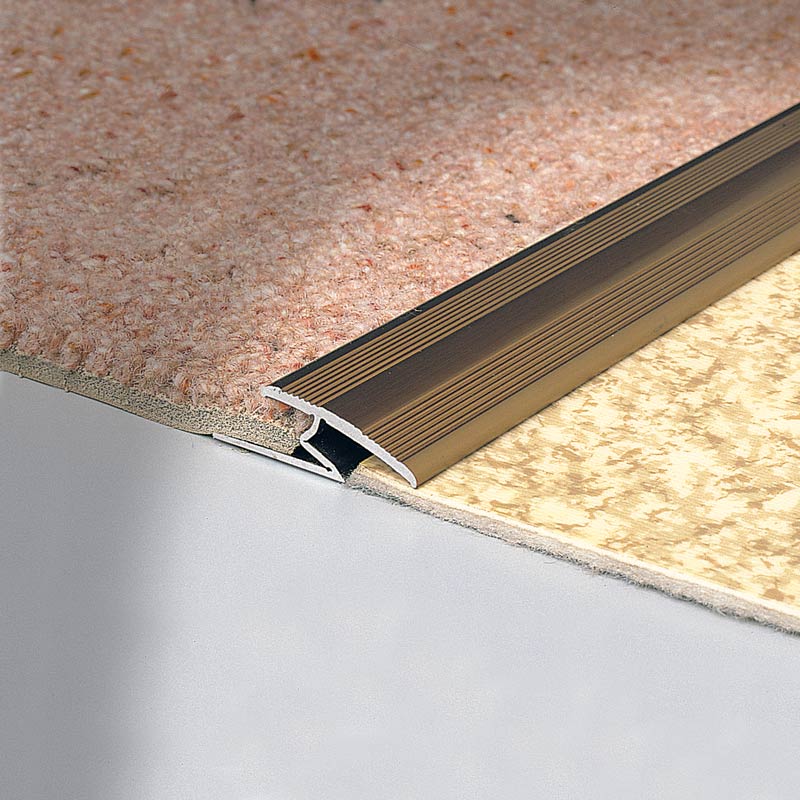
carpetec MP
CARPETEC MP Transition / edging trims for carpet floors
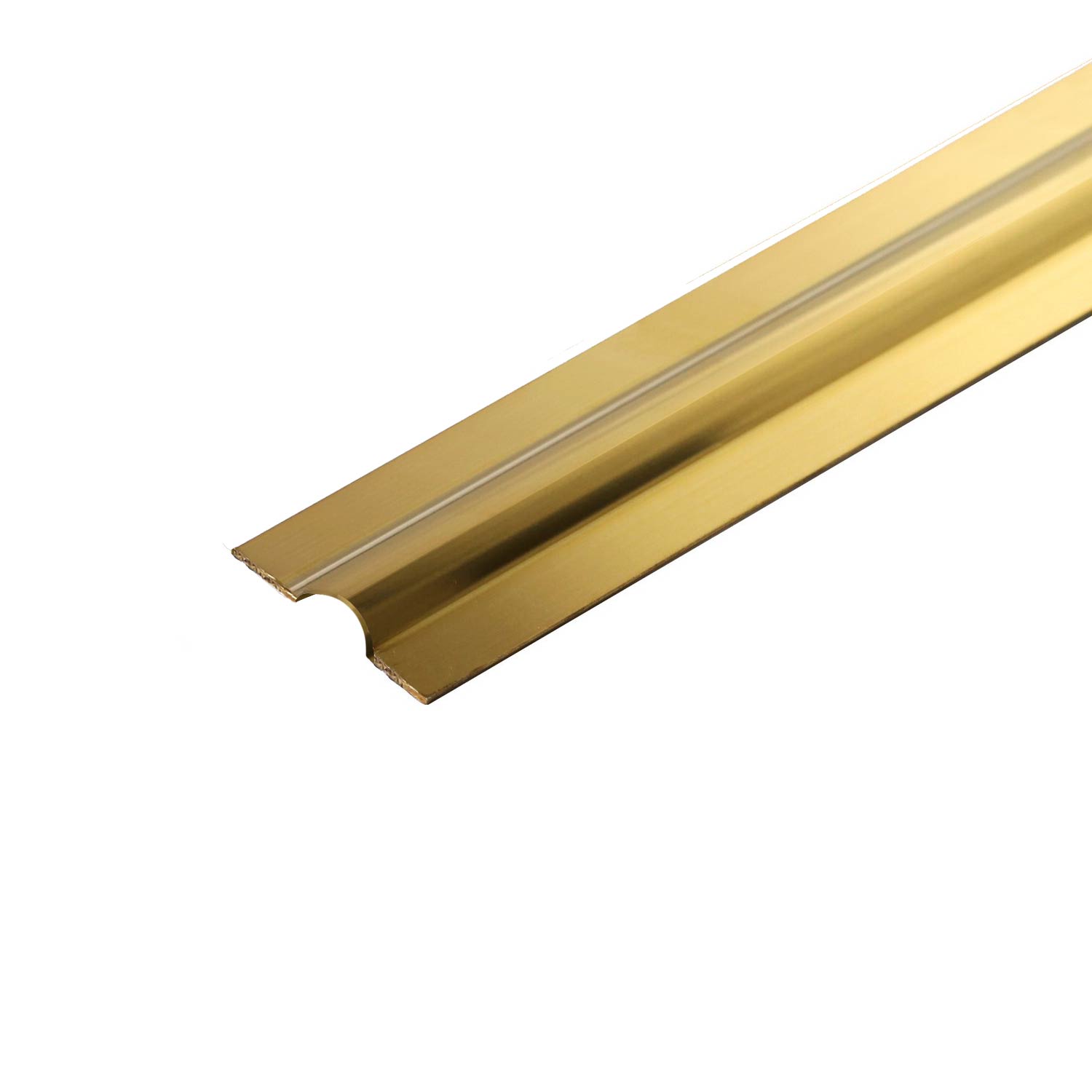
coprifilo STC
STC Profile to cover electric cables
In the passage from one room of a building to another, in order to differentiate the spaces and create decorative contrast, different types of floors are often used. If the joints take place between surfaces of the same height, it is a good idea to opt for the use of a joint profile because: 1. It hides any imperfections at the cut edge of the floor and guarantees high protection at the tile edges. 2. The variety of available shades and colors satisfies all design styles and needs. 3. Along with aesthetics, the profiles also provide high impact resistance, particularly important for industrial and commercial applications. 4. The Multiclip and Multifix profiles are widely versatile systems. In fact, they are called systems because they are formed by the union of two embedded and compatible profiles, hence adapting to all floor thicknesses.
Joint and threshold covers can also be found in the joint profile range. Threshold covers, available in a variety of materials and widths, are particularly suitable for domestic settings. The brass and stainless steel versions provide higher resistance to mechanical impact and corrosion. They also hide cutting and overlapping imperfections which may occur, for example, between ceramic and wood floors. The profile may be applied after the installation is complete in order to allow for the natural expansion of the materials and avoid breakage. Joint cover profiles come in various finishes to match or contrast wall and floor coverings.